By Ella McKelvey, Head of Online Engagement (Blog)
CW: sexism, misogyny, ableism
The long-held misconception that autism is a primarily male condition is facing increasing levels of criticism. And rightfully so. Academics and clinicians are gradually beginning to concede that the idea is poorly supported by scientific data, and that the assumption of a strong sex-bias in autism spectrum disorders (ASD) is damaging to people of all genders.
The term autism gender bias refers to the fact that the number of males diagnosed with autism significantly and consistently outweighs the number of females - with diagnosed here being the key word. (estimates of the male: female ratio vary from 2:1 to 16:1, and the scale of this effect is as controversial as the cause). If we can’t even be certain how many girls are autistic, shouldn’t we be questioning our ability to accurately diagnose autism in women? Can we even be sure a gender bias exists?
CAN BIOLOGY EXPLAIN THE GENDER BIAS?
Several different biological explanations have been proposed for the gender bias. One of these is based on the fact that men have XY sex chromosomes, whereas females are XX. In short, it is thought that if you have a mutation which increases your chance of being autistic, and this mutation is found on an X chromosome, having a second X chromosome can have a ‘protective’ effect. However, research published in 2014 has brought this idea into question (most of the places you can get mutations that increase your chance of autism are on not on the sex chromosomes).
Another theory for the gender bias is known as the ‘extreme male brain’ theory of autism. Part 1 of the article series introduced the dubious scientific theory that humans have 1 of 5 ‘types’ of brain. The brain ‘types’ are defined by their relative capability at systematising and empathising. Professor Baron-Cohen has extended his theory to suggest that people are autistic when their systematising ability far outweighs their empathising ability (S>>E). This is known as ‘extreme male brain’ theory of autism.
The ‘extreme male brain’ theory of autism is supported by a decent number of studies which show that autistic-diagnosed people are better than men (who are better than women) at tasks that involve systematising. However, it is important to note that all of this evidence is only circumstantial. This means we have to infer how the evidence might prove the theory, rather than the evidence proving the theory in itself, i.e. it is impossible to confirm the theory from the existing evidence.
But we do know that the terms ‘male brain’ and ‘female brain’ are inaccurate and sexist (see Part 1). If ‘male brains’ do not exist, the ‘extreme male brain’ theory of autism is, by extension, a misnomer. As Daniel Voyer, PhD writes in Psychology Today, a more accurate name for the theory might be ‘extreme systematising’.
HOW DO STEREOTYPES AFFECT OUR UNDERSTANDING OF THE RELATIONSHIP BETWEEN AUTISM AND GENDER?
The ‘extreme male brain’ misnomer threatens to exclude women from getting diagnosed with autism. Evidence shows that women generally get their autism diagnoses later than men, and tend only to be diagnosed after showing more extreme traits.
According to research published in 2016, this may be because women are better at camouflaging their autistic behaviours than men. They also show more internalised problems (e.g. anxiety) than externalised ones (e.g. hyperactivity). This means that their autism is less likely to be picked up by teachers and parents. Furthermore, autistic women tend to appear better at empathising than autistic men; e.g. they form more ‘traditional’ friendships.
These differences have led some researchers to suggest that maybe our view on what autism is too male-centric. In 2013 the American Psychiatric Association described for the first time the idea of a Female Autism Phenotype – a female specific manifestation of autistic strengths and difficulties. An awareness of the gender-specific differences in autism is vital for providing autistic and autism-spectrum women with the support they deserve. Bargiela, Steward and Mandy (2016) reported that some girls found their tendency to camouflage ‘exhausting’ and could lead to identity confusion and susceptibility to manipulation.
SO, WHAT CAN WE BE SURE OF?
If teachers, parents, and clinicians were better educated to help them recognise the ‘female autism phenotype’, it could help more women to achieve a swift diagnosis. The majority of women on the autism spectrum believe their lives could have been easier if they had received earlier diagnosis. There has been an historic taboo about discussing women’s health, as well as a lack of funding for research into health conditions that affect women. Our understanding of neurodivergence in women is similarly limited. The more that we can understand the intersection of gender and autism, the better the support we can provide.

